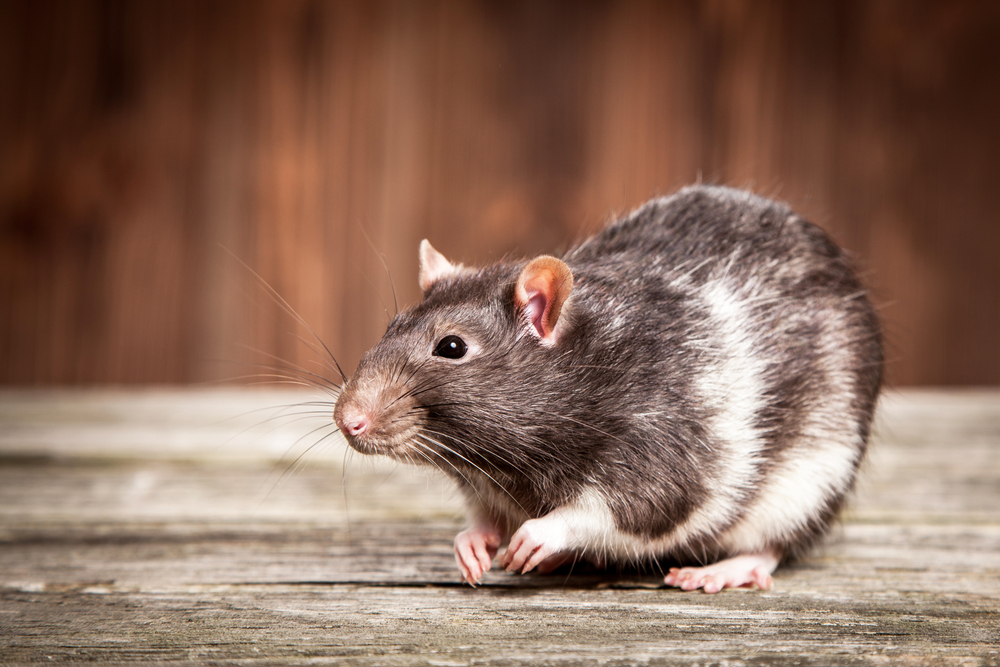
Rodent damage has become a quiet financial threat hiding in driveways and garages. Many drivers don’t realize how quickly mice, rats, and even squirrels can turn a parked car into an expensive repair job. Modern vehicles use wiring coated with plant-based materials, and that makes an easy snack. Some owners are shocked to find a repair bill well above $3,000 after a night of chewing. This problem isn’t rare anymore, and anyone with a parked car is a potential target.
Why Rodents Target Modern Wiring
Automakers swapped to soy-based insulation to reduce petroleum use and lower manufacturing costs. The unintended result is that rodents often find the material edible. Once they settle in, the thin protective coating on wires doesn’t stand a chance.
Rodent damage also happens because engine bays feel like a safe, warm shelter. A car that sits for days becomes a temporary home where nesting materials and food scraps seem easy to gather. By the time you notice a warning light, a whole section of the wiring harness may already be compromised.
How Chewed Wiring Turns Into a $3K+ Problem
Modern vehicles rely on tightly integrated systems. When rodents chew through a single wire, the repair isn’t as simple as splicing and moving on. Many models require replacing an entire harness, and labor often involves hours of disassembly.
That’s how a little rodent damage can snowball into thousands in repairs. A simple sensor malfunction might mask deeper issues under the hood. Some owners find out only after multiple diagnostic visits. The costs spiral when the damage spreads into hard-to-reach areas, especially near the firewall or behind the dashboard.
The Risk Is Greater in Parked Cars
Cars that stay parked for long stretches attract more animals. When there’s no noise, vibration, or engine heat cycling, rodents treat the space like abandoned real estate. Garages aren’t always safer; a warm garage can feel like a hotel to persistent critters.
Owners who work from home or drive infrequently face even higher odds of rodent damage. A vehicle that’s moved every few days sends vibrations and smells that push animals away. A vehicle that never moves becomes part of the environment—something small animals feel comfortable exploring.
Signs Your Car Has Become a Nesting Spot
Many drivers only notice a problem once the car won’t start. Before it gets that far, subtle clues often appear. Droppings on the engine block, shredded insulation, or acorns tucked into corners all point to rodent activity.
A faint burnt smell after driving can also indicate chewed wiring that’s beginning to arc. Hood insulation is another favorite target, and pieces missing from the liner are a red flag. Catching these signs early prevents more severe rodent damage later.
Insurance Doesn’t Always Cover the Repair
Comprehensive auto coverage usually includes damage from animals, but every policy handles the situation differently. Some plans only cover visible destruction and not downstream electronic failures. Others may require a deductible that already hits several hundred dollars.
Drivers sometimes learn the hard way that a wiring harness replacement is categorized differently from damage to body panels. Checking policy language matters. A quick call to a carrier helps prevent surprises when filing a claim.
Prevention That Actually Works
No single method guarantees protection. Still, a few approaches drastically cut the chances of rodents settling in. Parking in a new location periodically helps disrupt their routine. Keeping the immediate area clear of birdseed, trash bags, and stored food is another simple step.
Some owners swear by peppermint oil or dryer sheets, though results vary. Rodents adapt quickly, so the best strategy mixes several deterrents. Engine-bay traps, motion lights, and regular under-hood checks together make your car less appealing. A pest control service such as Terminix’s rodent program can also help when the problem becomes persistent.
When DIY Repairs Make Things Worse
It’s tempting to fix minor damage with electrical tape or an inexpensive connector kit. The problem is that today’s wiring carries data as well as power. Improvised repairs can create resistance issues and even trigger new warning lights.
Rodent damage often exposes delicate copper strands or sensor wiring that needs precise handling. A poor fix may hide the symptom for a few days, then lead to a larger issue. Most mechanics prefer replacing the damaged section rather than splicing unless the manufacturer provides clear guidance.
Seasonal Surges in Rodent Activity
Cold weather pushes small animals toward warmth. An engine bay that cooled down after a recent drive still holds enough heat to draw them in. Rural areas see this every winter, but cities aren’t spared.
In summer, rodents move toward shaded areas when the heat rises, and parked cars often provide exactly that. Seasonal shifts make rodent damage a year-round threat, just with different motivations depending on the month.
The Growing Cost of a Common Problem
Drivers are facing higher repair bills than ever, and rodent damage plays a bigger role than many realize. Parts shortages, complex electronics, and labor-intensive harness replacements all stack up quickly. What once caused a mild inconvenience can now lead to a multi-thousand-dollar repair.
Awareness helps. A quick hood check once a week might save hours in a shop and a sizable chunk from your budget. Have you seen signs of rodents near your car?
What to Read Next…
- 8 Things You Should Never Keep in Your Car for Your Own Safety
- 9 Things You Never Knew Were Bad for Your Car Until It’s Too Late
- 8 Car Repairs You Think You Can Handle Until You Break Something Worse
- 10 Car Repairs You Should Never Trust a Dealership With
- 6 DIY Pest Control Tricks That Made the Problem Worse
The post How Rodent Damage Is Causing $3K+ Wiring Repairs in Parked Cars appeared first on Clever Dude Personal Finance & Money.







